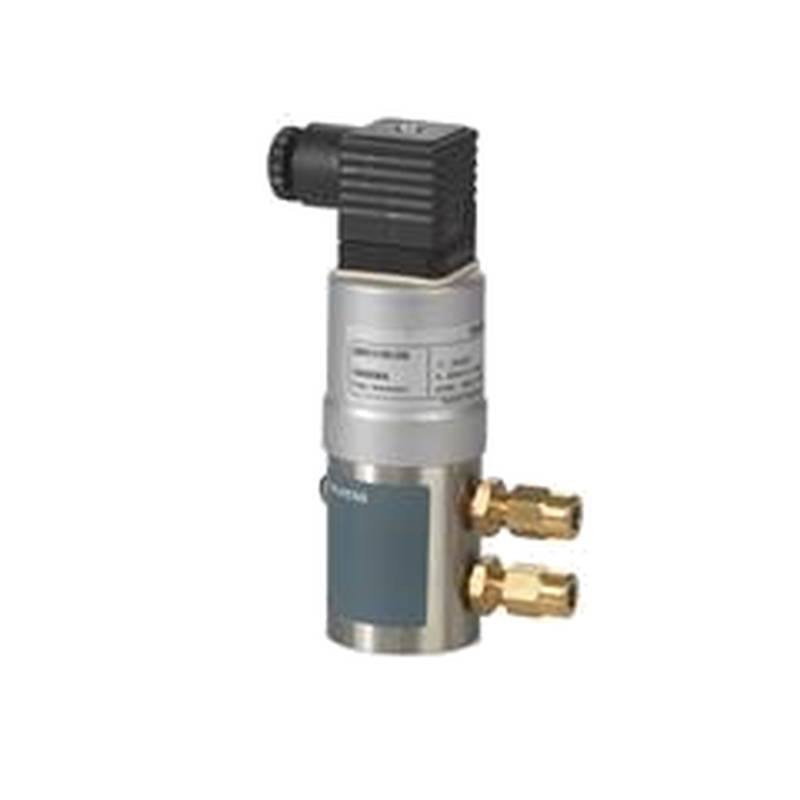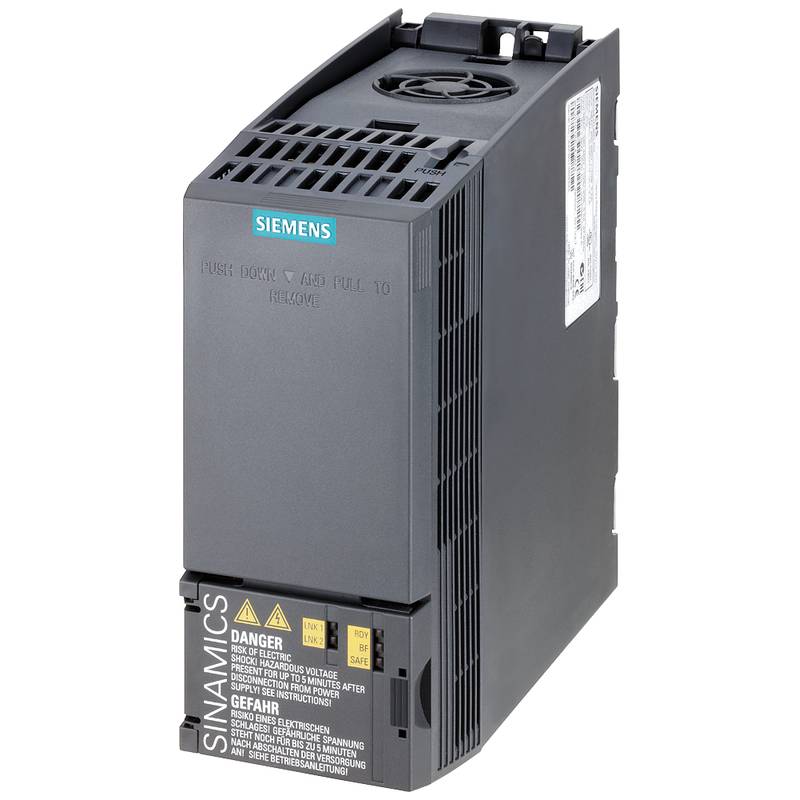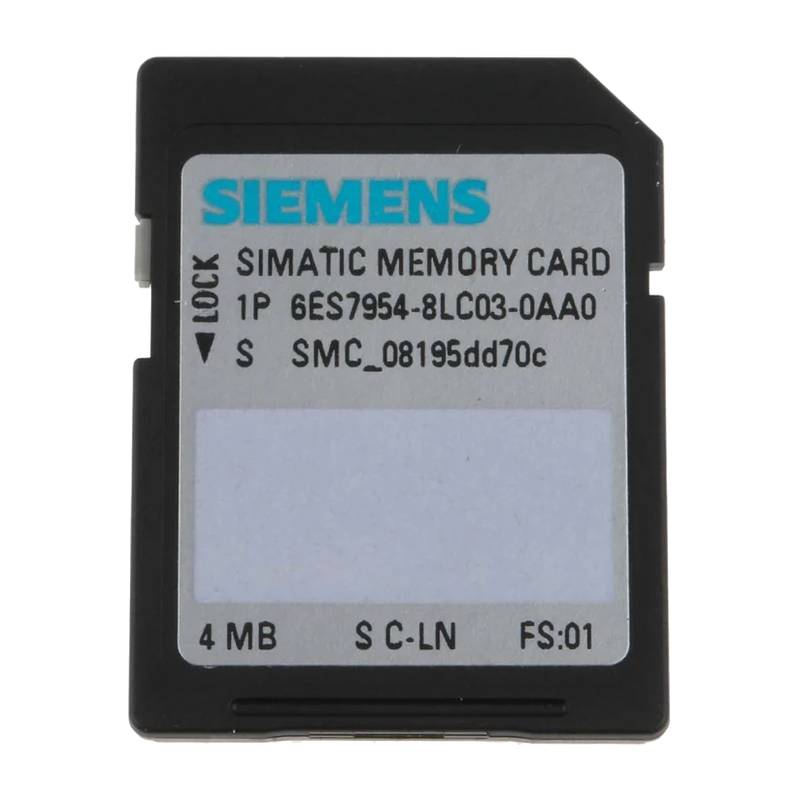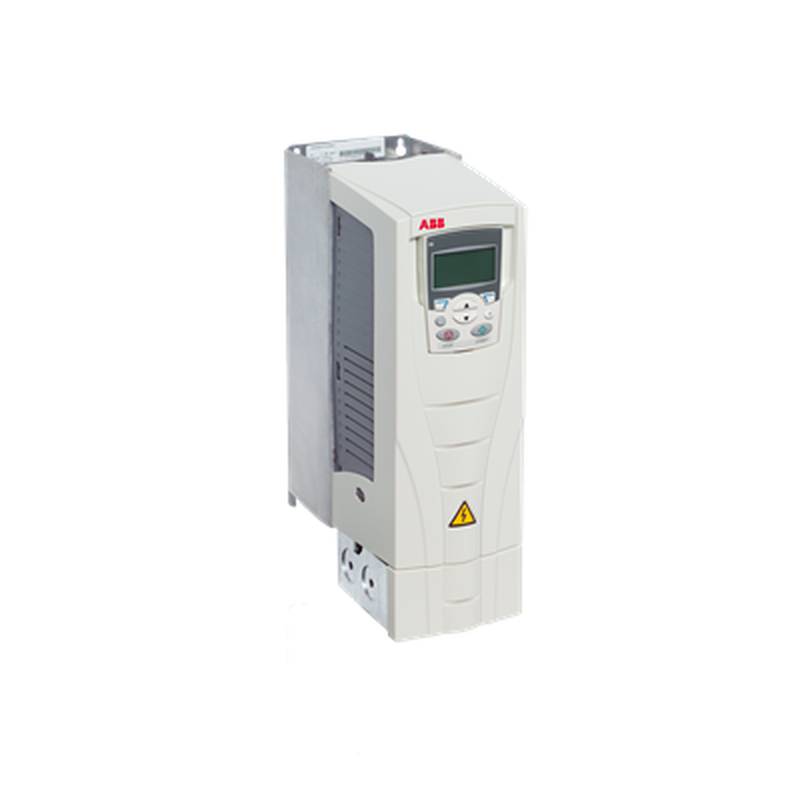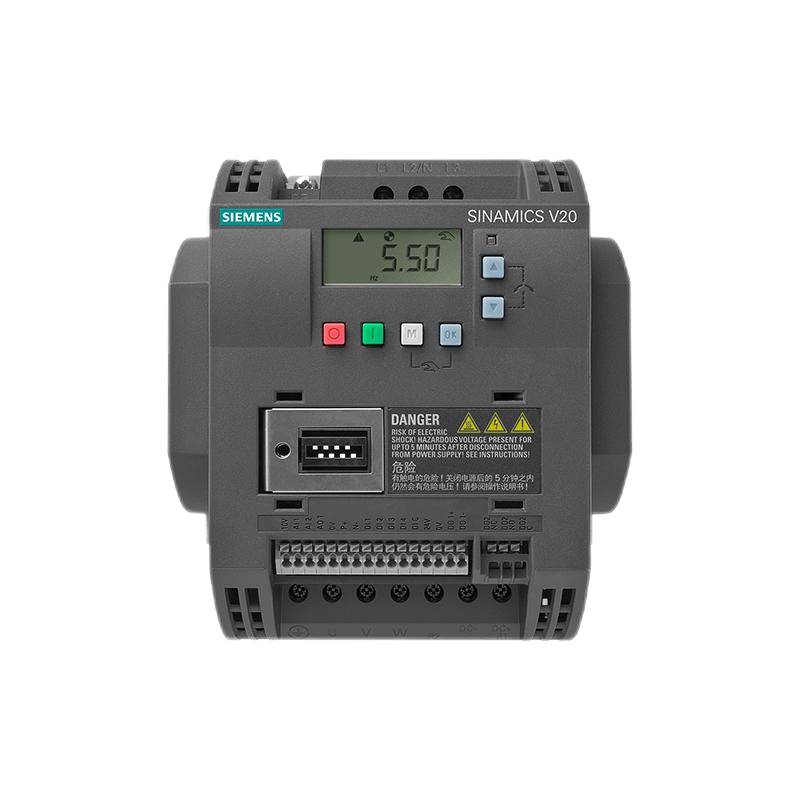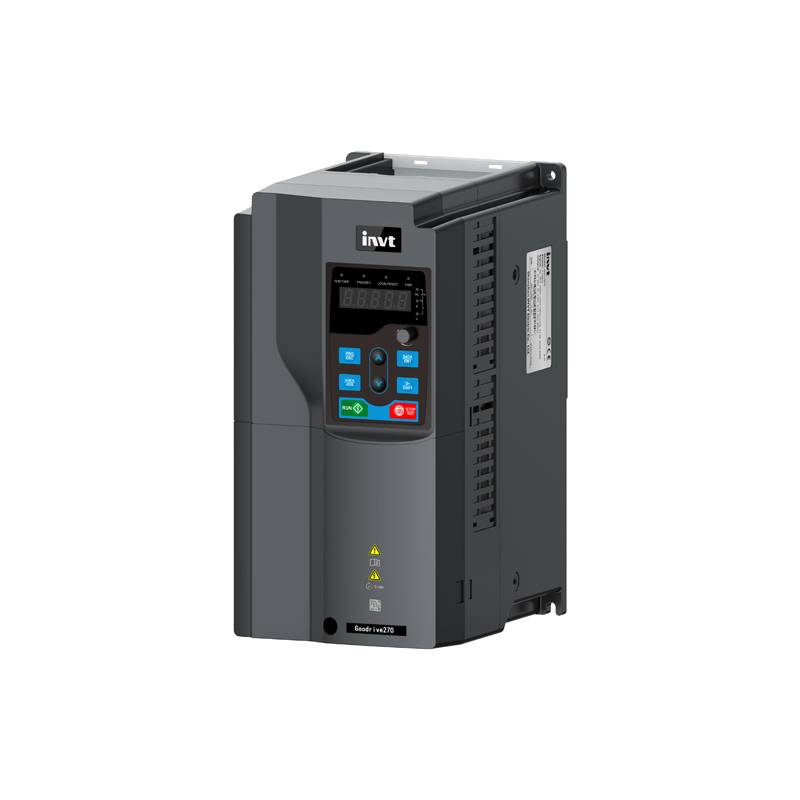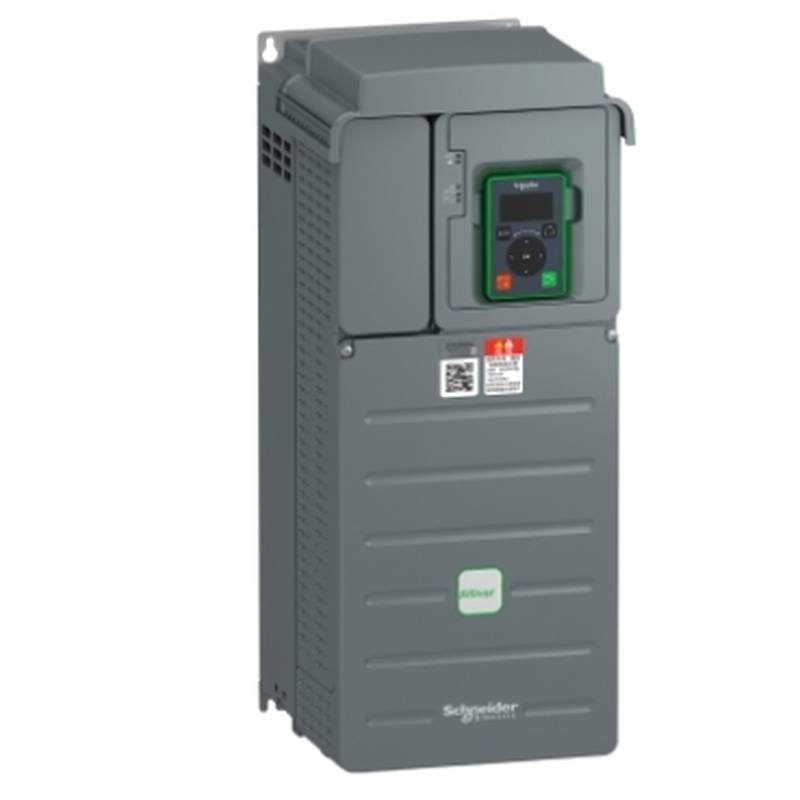
The Siemens SITRANS P Compact Universal Pressure Sensor, model S55720-S295, stands as a robust solution for precise pressure measurement across diverse industrial applications. Engineered for reliability and accuracy, this sensor offers a compelling blend of advanced technology and user-friendly design. Key advantages include its broad measurement range, high accuracy, and robust construction, making it suitable for demanding environments. Core features encompass digital signal processing for enhanced stability, comprehensive diagnostic capabilities, and flexible communication options. Technically, the S55720-S295 typically boasts a pressure range of up to 400 bar, an accuracy of 0.075% of the calibrated span, and operates within a wide temperature range, ensuring performance under challenging conditions.
Product Specifications
| Parameter | Specification |
| :------------------------ | :----------------------------------------------- |
| Model Number | S55720-S295 |
| Pressure Range | Up to 400 bar (various options available) |
| Accuracy | 0.075% of calibrated span |
| Output Signal | 4-20 mA HART |
| Communication Protocol | HART |
| Process Connection | G 1/2" male thread (standard) |
| Wetted Parts Material | Stainless Steel 316L (standard) |
| Measuring Cell | Ceramic |
| Ingress Protection | IP67/IP69K |
| Operating Temperature | -40 °C to +85 °C |
| Display | Optional, integrated LCD |
| Power Supply | 10-55 V DC (2-wire) |
Core Features & Market Positioning
The SITRANS P Compact Universal Pressure Sensor, S55720-S295, distinguishes itself in the competitive industrial instrumentation market through its inherent robustness and intelligent diagnostic features. Its ceramic measuring cell provides excellent overload resistance and long-term stability, crucial for applications demanding consistent performance. The HART communication protocol, integrated as standard, facilitates remote configuration, monitoring, and diagnostics, reducing maintenance downtime and enhancing operational efficiency. This sensor is positioned as a high-value, reliable instrument for process industries where accuracy, durability, and ease of integration are paramount. Its ability to handle a wide range of pressures and temperatures, coupled with comprehensive self-monitoring capabilities, solidifies its standing as a go-to device for critical pressure measurement tasks.
Key Application Scenarios
The Siemens S55720-S295 SITRANS P Compact Universal Pressure Sensor finds extensive utility across various demanding industrial sectors. It is ideally suited for monitoring and controlling pressure in chemical processing, oil and gas exploration and refining, water and wastewater treatment, and power generation facilities. Specific applications include hydrostatic level measurement in tanks, differential pressure monitoring for filter control, and general process pressure supervision in pipelines and reactors. Its versatility allows it to be deployed in safety-critical systems where accurate and reliable pressure data is essential for operational integrity and environmental protection. The sensor's robust design also makes it suitable for installation in areas prone to vibration, moisture, and corrosive atmospheres.
Practical System Integration Guidance
Integrating the Siemens S55720-S295 SITRANS P Compact Universal Pressure Sensor into existing systems is streamlined due to its standard HART communication and common process connections. For installation, ensure the process connection is compatible and securely fitted to prevent leaks. The sensor typically requires a 10-55 V DC power supply for its 2-wire configuration. Wiring should follow standard industrial practices for 4-20 mA loop signals, ensuring correct polarity. Commissioning often involves using a HART communicator or compatible SCADA/DCS system to set the device's upper and lower range values, dampen the signal if necessary, and configure diagnostic alerts. The optional integrated display provides local readouts and simplifies initial setup without external tools.
Operation and Risk Mitigation
Safe and effective operation of the Siemens S55720-S295 SITRANS P Compact Universal Pressure Sensor relies on adhering to its specified operating parameters and understanding its diagnostic capabilities. Users must ensure the process fluid and ambient conditions fall within the sensor's temperature and pressure limits to prevent damage and ensure measurement accuracy. Overpressure events, even brief ones, should be avoided by selecting a sensor with an appropriate range. The sensor's advanced diagnostics can alert operators to potential issues such as diaphragm damage, electrical faults, or communication errors, allowing for proactive maintenance and preventing unexpected shutdowns. Regular calibration checks, documented in the operational manual, are crucial for maintaining measurement integrity and mitigating risks associated with inaccurate data.
Scalability & Long-Term Value
The Siemens S55720-S295 SITRANS P Compact Universal Pressure Sensor offers significant long-term value through its compatibility with modern industrial automation platforms and its contribution to digital transformation initiatives. Its HART communication protocol ensures seamless integration with both older DCS systems and newer, IIoT-enabled architectures, providing a bridge for data acquisition and analysis. The availability of advanced diagnostics and configuration flexibility through HART allows for remote management and predictive maintenance strategies, enhancing operational efficiency over the sensor's lifespan. While not directly an upgradeable hardware component in itself, its performance and reliability contribute to the overall stability and scalability of the process control system, reducing the need for premature replacements and minimizing total cost of ownership.
Frequently Asked Questions (FAQs)
What is the primary function of the Siemens S55720-S295 SITRANS P?
This device measures industrial process pressure accurately. It provides reliable data for control and monitoring systems. Its robust design suits harsh environments.
It serves as a critical component in automated industrial processes. This ensures operational safety and efficiency. The sensor is designed for diverse applications.
The SITRANS P S55720-S295 uses advanced technology for precise readings. This allows for fine-tuning of process parameters. It contributes to product quality and resource optimization.
What are the typical pressure ranges for this sensor?
The S55720-S295 sensor offers a wide range of pressure measurement capabilities. It can typically measure pressures up to 400 bar.
Specific models and configurations are available for lower and higher pressure requirements. Users should consult detailed product documentation for exact range options. This ensures suitability for their specific application.
The flexibility in pressure range selection makes it adaptable. It can be used in everything from low-pressure fluid systems to high-pressure hydraulic applications.
How is the HART communication protocol used with the S55720-S295?
HART enables digital communication alongside the analog 4-20 mA signal. This allows for remote configuration and diagnostics. It facilitates setup without direct physical access.
Using a HART communicator or compatible software, users can set range values. They can also monitor device status and access detailed diagnostic information. This reduces maintenance time and costs.
The protocol supports device status updates and calibration data. This integration streamlines troubleshooting. It also supports data logging and integration into IIoT platforms.
What materials are the wetted parts of the sensor made from?
The standard wetted parts of the S55720-S295 are constructed from high-grade Stainless Steel 316L. This material offers excellent corrosion resistance. It ensures longevity in many industrial media.
For specific aggressive media or higher purity applications, alternative materials may be available. Users should verify material compatibility for their specific process fluid. This is crucial for preventing premature failure.
Stainless Steel 316L is a widely accepted standard for industrial pressure sensors. It provides a good balance of performance and cost-effectiveness. It also ensures reliable operation in a broad spectrum of environments.
What is the accuracy specification for the SITRANS P Compact Universal Pressure Sensor?
The Siemens S55720-S295 typically offers a high level of accuracy. Its accuracy is rated at 0.075% of the calibrated span.
This precision ensures that process variables are measured reliably. It is essential for applications requiring tight control and minimal deviation. This high accuracy supports optimized process performance.
This accuracy specification makes the sensor suitable for demanding applications. It is ideal for critical processes where deviations can lead to significant losses or safety concerns.
What are the operating temperature limits for this sensor?
The sensor is designed to operate reliably across a broad temperature range. It typically functions within -40 °C to +85 °C.
This wide operating window ensures consistent performance. It can be used in both very cold and moderately hot industrial environments. This adaptability is key for diverse installations.
Ensuring the ambient and process temperatures remain within these limits is crucial. This prevents damage and maintains the sensor's measurement integrity over time.
How is the S55720-S295 sensor typically installed?
Installation involves connecting the sensor's process connection to the system's pressure port. The standard G 1/2" male thread ensures compatibility with many common fittings.
Electrical connections are made for the 4-20 mA output signal and power supply. Proper wiring of the 2-wire configuration (10-55 V DC) is essential. Attention to polarity is also important.
It is recommended to follow the manufacturer's installation guidelines. These often include advice on orientation, strain relief, and sealing to ensure optimal performance and longevity.
What are the benefits of the ceramic measuring cell?
The ceramic measuring cell provides excellent long-term stability and reliability. It offers superior resistance to overloads compared to other technologies. This durability is a key advantage.
Ceramic diaphragms are also known for their chemical inertness. This makes them suitable for a wide range of process media. It reduces the risk of sensor contamination or corrosion.
Its inherent properties contribute to the sensor's accuracy and resilience. This reduces the need for frequent recalibration and replacement, lowering maintenance costs.
Can this sensor be used in hazardous area applications?
The SITRANS P series often includes models certified for hazardous area operation. It is crucial to verify the specific certifications for the S55720-S295 model in question.
These certifications ensure the sensor meets strict safety standards. They allow for safe installation and operation in potentially explosive environments. Always consult the product datasheet for approved certifications.
Installation in hazardous areas requires adherence to specific regulations and wiring practices. This ensures that the sensor does not become an ignition source.
Does the S55720-S295 offer any diagnostic capabilities?
Yes, the Siemens S55720-S295 includes advanced diagnostic features. These monitor the sensor's internal health and operational status. It provides alerts for potential faults.
These diagnostics can detect issues such as diaphragm rupture, electrical faults, or communication problems. This proactive monitoring helps prevent unexpected process interruptions. It allows for scheduled maintenance.
The HART communication protocol is instrumental in accessing these diagnostic codes. This allows for rapid troubleshooting and identification of the root cause of any operational anomaly.














